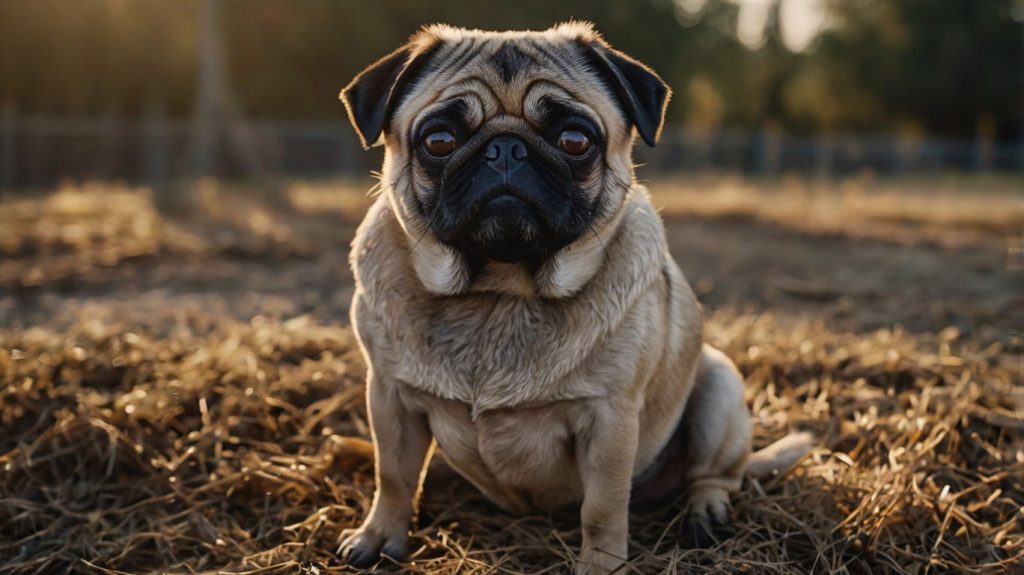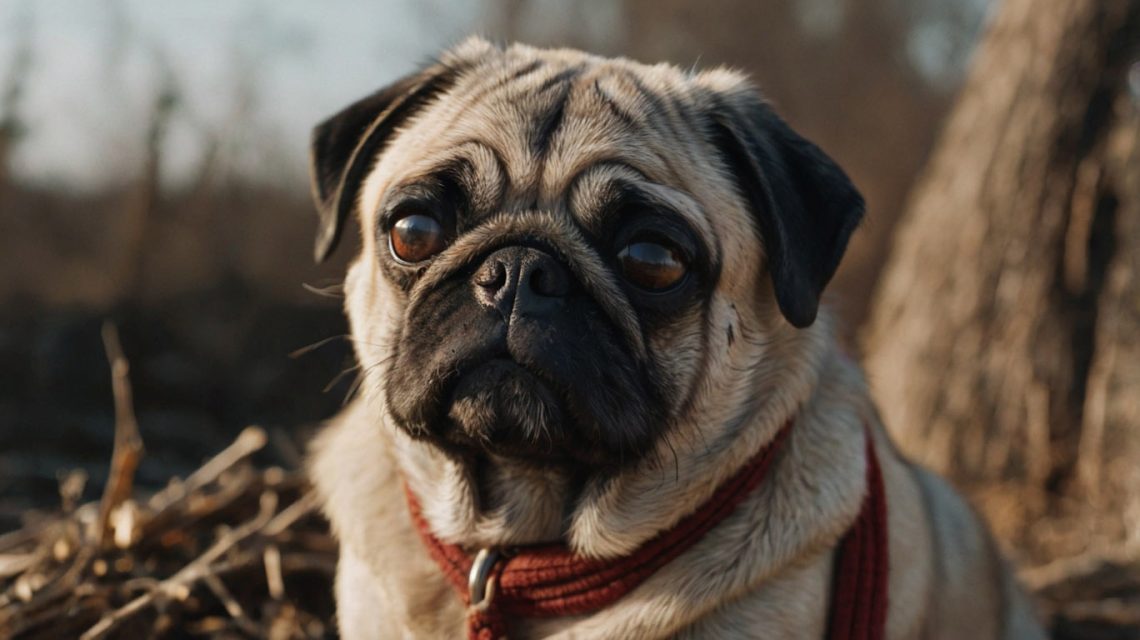As our beloved old pug dogs gracefully age, they require extra care, attention, and love to maintain their health and happiness. These charming companions, with their wrinkled faces and soulful eyes, deserve a golden age filled with comfort and joy. In this article, we’ll explore practical tips, heartwarming stories, and essential health advice to ensure your senior pug thrives in their later years.
Understanding the Needs of Old Pug Dogs
Aging is an inevitable part of life, and for old pug dogs, this phase brings unique challenges. From joint stiffness to vision loss, senior pugs require a tailored approach to their care. However, with love and proper attention, they can continue to enjoy life to the fullest.
Recognizing Signs of Aging in Old Pug Dogs
As pugs grow older, their bodies and behavior change. Common signs of aging include:
- Reduced energy levels
- Graying fur around the face
- Joint stiffness or difficulty climbing stairs
- Hearing or vision loss
- Changes in appetite or weight
Being aware of these signs ensures early intervention and appropriate care.
The Emotional Bond with Old Pug Dogs
Old pugs often form even deeper emotional connections with their owners. Their slower pace encourages more cuddle time and quiet moments together, strengthening the bond. It’s essential to cherish these moments and provide emotional reassurance to your aging furry friend.
Essential Health Care Tips for Old Pug Dogs
Maintaining the health of old pug dogs requires consistency, patience, and a proactive approach.
Regular Vet Checkups for Old Pug Dogs
Frequent veterinary visits are crucial. Senior pugs should have health checkups at least twice a year to monitor for:
- Arthritis
- Dental diseases
- Respiratory issues
- Heart conditions
Early detection of these health issues can improve their quality of life significantly.

Nutrition for Old Pug Dogs: Feeding for Longevity
As pugs age, their metabolism slows down. Therefore, their diet must be adjusted to:
- Include high-quality, low-calorie dog food
- Provide joint supplements like glucosamine
- Ensure proper hydration
- Avoid excessive treats or fatty foods
Proper nutrition supports overall health and helps maintain a healthy weight.
Creating a Comfortable Environment for Old Pug Dogs
Comfort is a priority for old pug dogs. Their aging bodies are more sensitive to their surroundings.
Adjusting Their Living Space
Simple modifications can greatly improve their daily comfort:
- Provide soft, orthopedic bedding
- Place food and water dishes at an easy-to-reach height
- Use pet ramps for furniture access
- Keep their favorite spots warm and draft-free
Exercise: Keeping Old Pug Dogs Active
While old pugs may not be as energetic, gentle exercise is still vital:
- Short, slow-paced walks
- Indoor play sessions
- Mental stimulation with interactive toys
Balancing activity with rest prevents unnecessary strain on their joints.
Heartwarming Stories of Old Pug Dogs
Sometimes, the best way to understand care for senior pets is through real stories.
Meet Bella: A Resilient Old Pug’s Journey
Bella, a 12-year-old pug, overcame arthritis with consistent care and hydrotherapy sessions. Her owner’s dedication helped her regain mobility and enjoy her sunset years comfortably.
Max’s Golden Years: A Tale of Love and Adaptation
Max’s vision started to fade, but his family adapted their home with tactile rugs and audible cues to help him navigate safely. These small adjustments transformed Max’s daily life.
These stories highlight the resilience of old pugs and the love their families offer them.
Grooming Tips for Old Pug Dogs
Senior pugs require gentle grooming sessions to stay clean and comfortable.
Bathing and Coat Care
- Use mild, hypoallergenic shampoos
- Avoid over-bathing to prevent skin dryness
- Brush regularly to reduce shedding and prevent matting
Dental Hygiene for Old Pug Dogs
- Brush their teeth with canine toothpaste
- Offer dental chews approved by your vet
Good grooming practices prevent infections and discomfort in aging dogs.
Common Health Issues in Old Pug Dogs
Senior pugs are prone to certain health problems. Awareness and early intervention are key.
Arthritis and Joint Pain
Joint supplements and comfortable bedding can ease their pain.
Breathing Problems
Due to their flat faces, pugs often suffer from respiratory issues. Avoid overexertion and keep them cool in hot weather.
Obesity in Old Pug Dogs
Weight management through a balanced diet and gentle exercise is crucial to prevent obesity-related issues.
Mental Stimulation for Old Pug Dogs
Senior dogs need mental exercise as much as physical activity.
Interactive Toys and Puzzles
Provide toys that dispense treats or make gentle noises.
Positive Interaction
Talk to your pug, offer affection, and maintain a regular routine.
Keeping their minds active helps prevent cognitive decline.
Final Thoughts on Old Pug Dogs
Caring for old pug dogs is a journey filled with love, challenges, and unforgettable memories. By understanding their needs, providing proper healthcare, and offering a comfortable environment, you can ensure your pug’s golden years are truly golden.
Cherish every moment, celebrate small victories, and know that your care makes a world of difference in their lives.
FAQs
How often should old pug dogs visit the vet?
Senior pugs should visit the vet at least twice a year for regular checkups.
What is the best diet for old pug dogs?
A balanced, low-calorie diet with joint supplements is ideal for senior pugs.
How can I make my home comfortable for an old pug?
Provide soft bedding, accessible food and water bowls, and ramps for easy furniture access.
Do old pug dogs still need exercise?
Yes, gentle and regular exercise is essential to maintain their health and mobility.
What are common health issues in old pug dogs?
Arthritis, breathing problems, obesity, and dental diseases are common concerns.
How can I mentally stimulate my old pug dog?
Interactive toys, puzzle feeders, and regular affection can keep their minds sharp.


